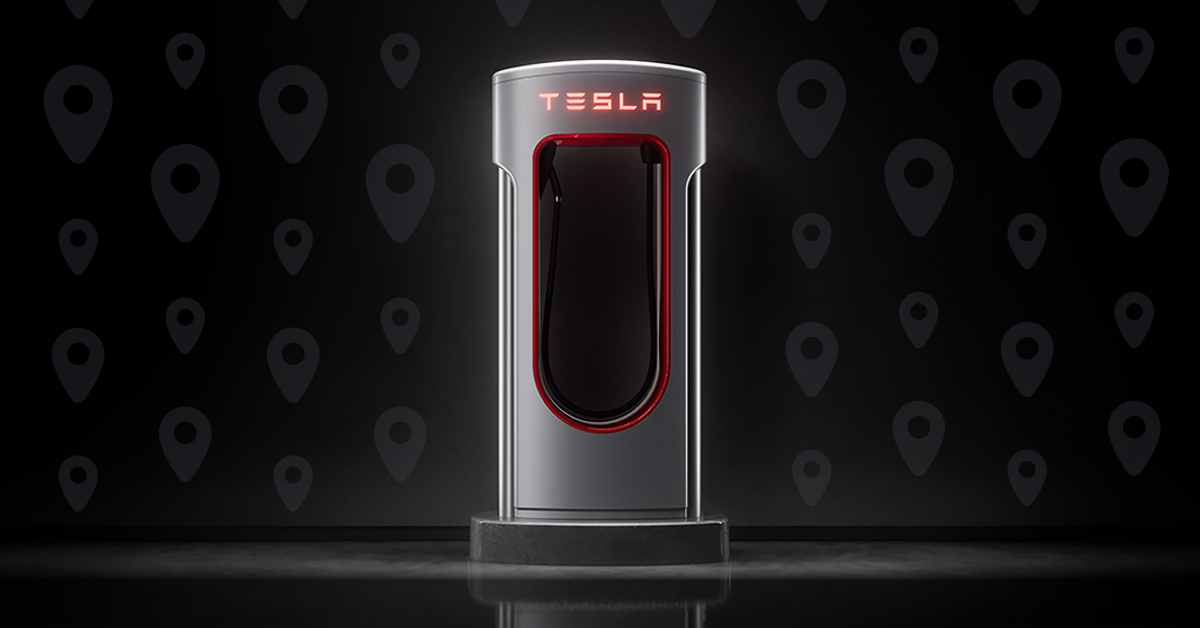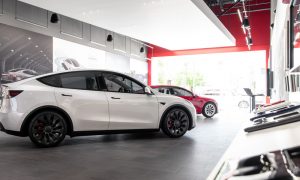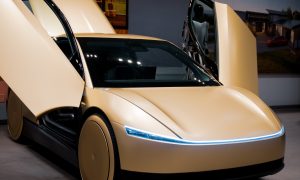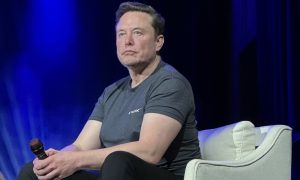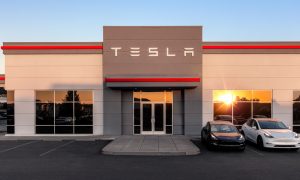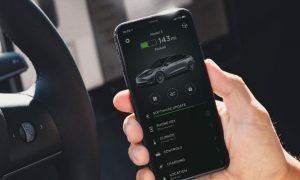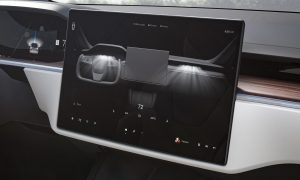Tesla has started deploying a unique charging solution for heavily driven U.S. highway corridors, utilizing its grid-scale energy storage units to boost the number of stations available ahead of an expected bump in travel for the holidays.
In order to accommodate the increase in travel, Tesla has launched four Megapack Chargers in heavily traveled areas of the U.S., offering a mobile Megapack unit along with pre-fabricated Supercharger units. These mobile chargers have been deployed in Bakersfield, California, Primm, Nevada, El Centro, California, and Cambridge, Ohio, and can now be seen on Tesla’s Supercharger map.
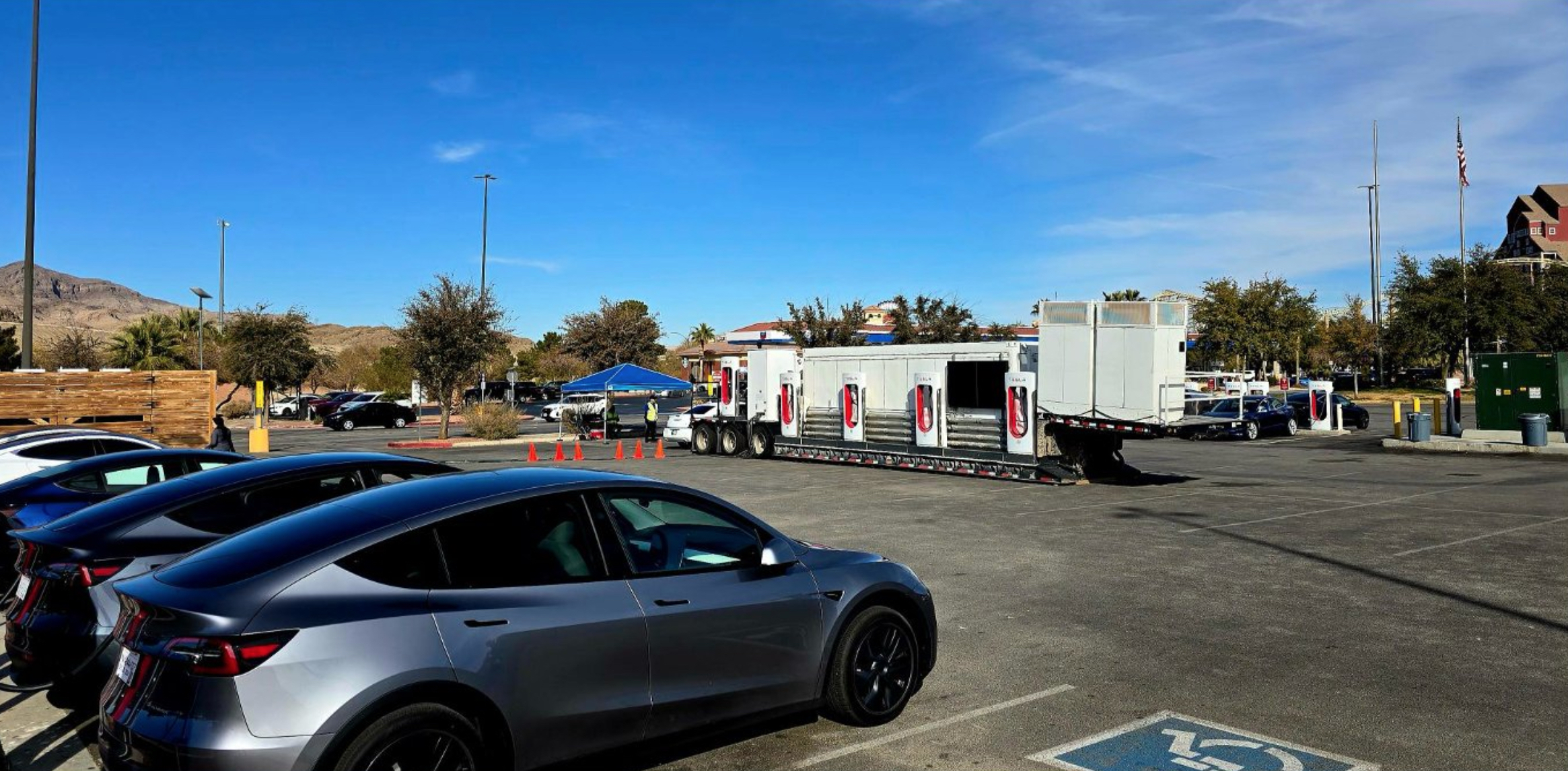
Credit: Tesla Charging | X
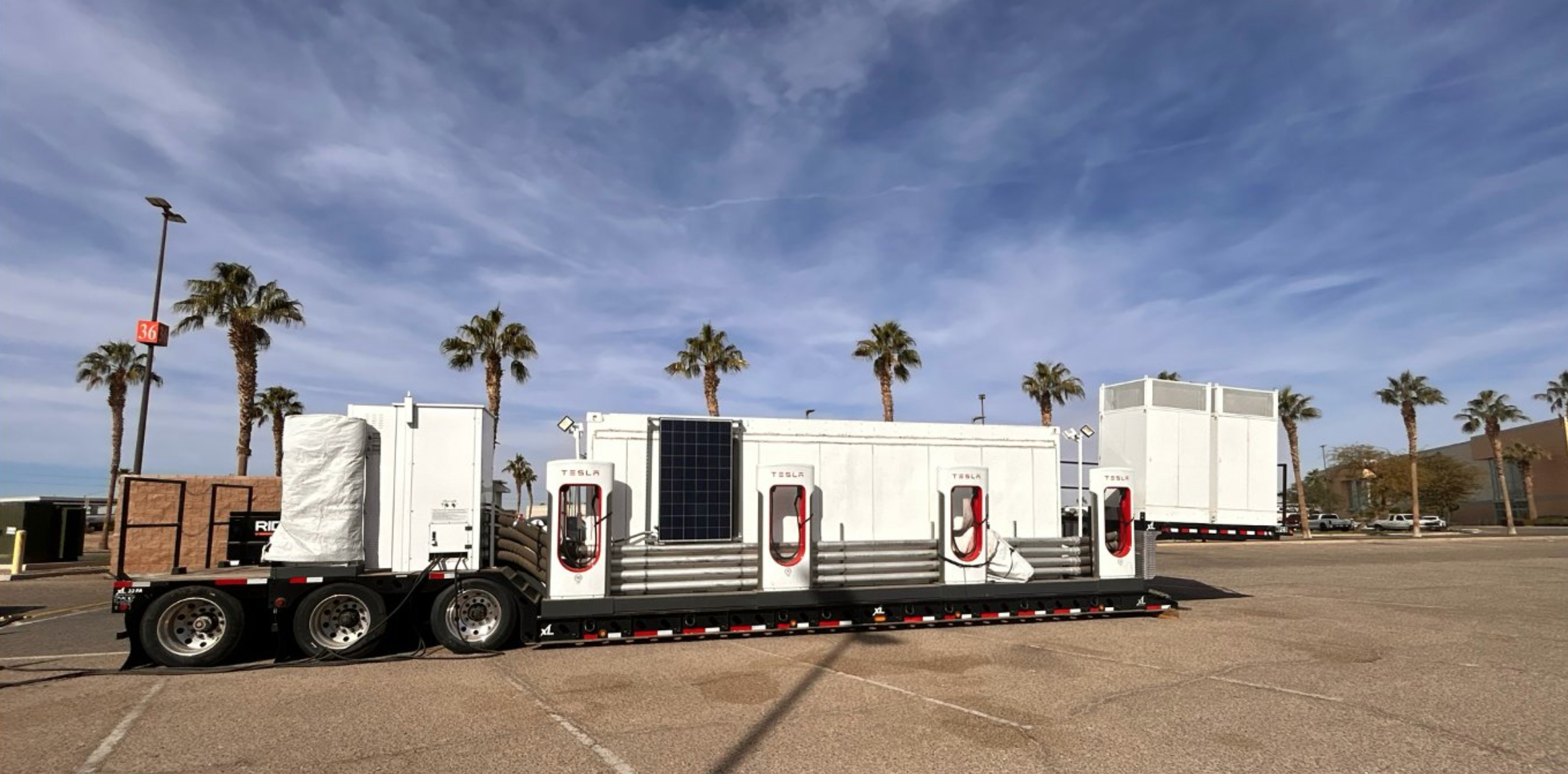
Credit: Tesla Charging | X
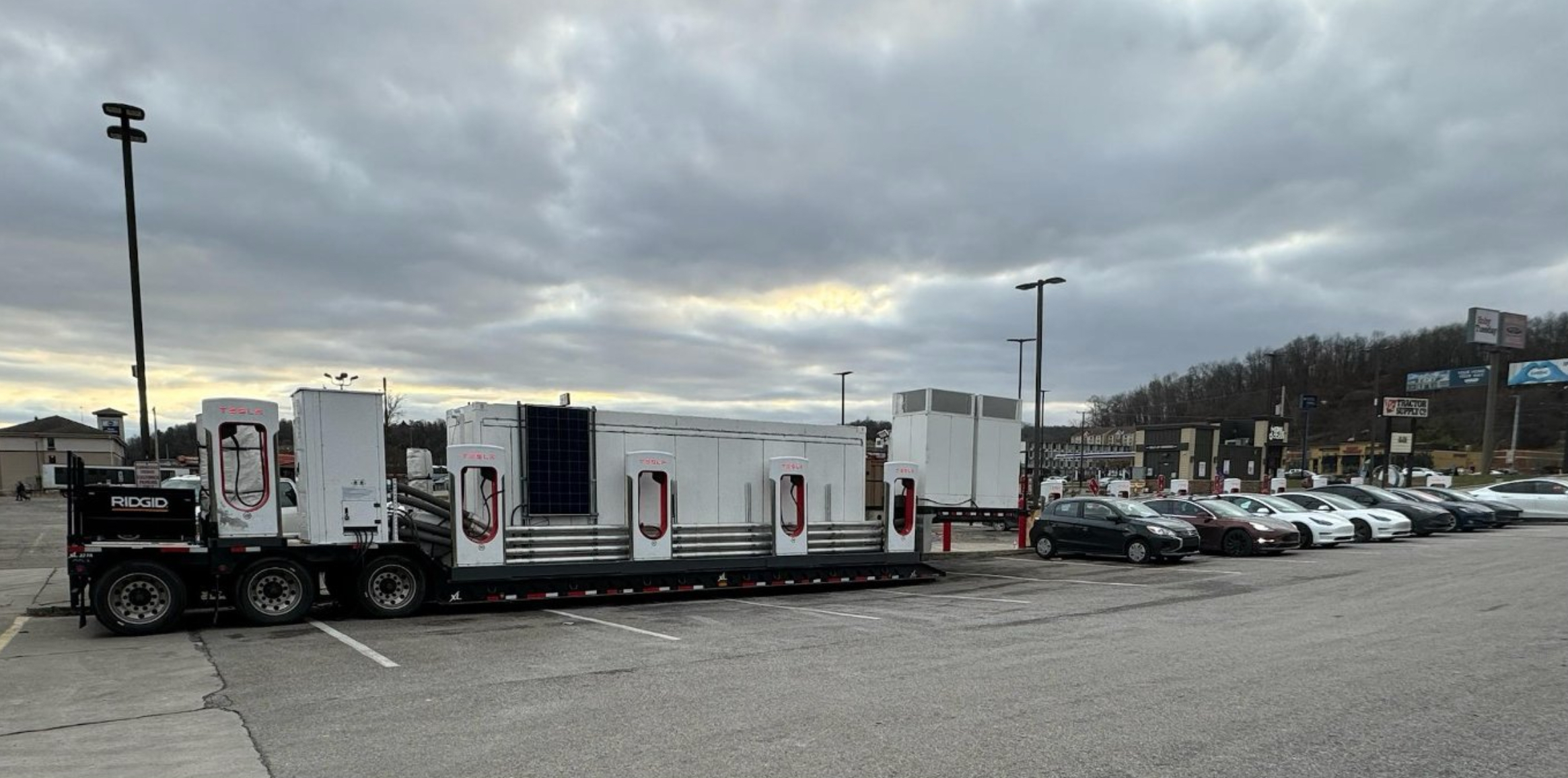
Credit: Tesla Charging | X
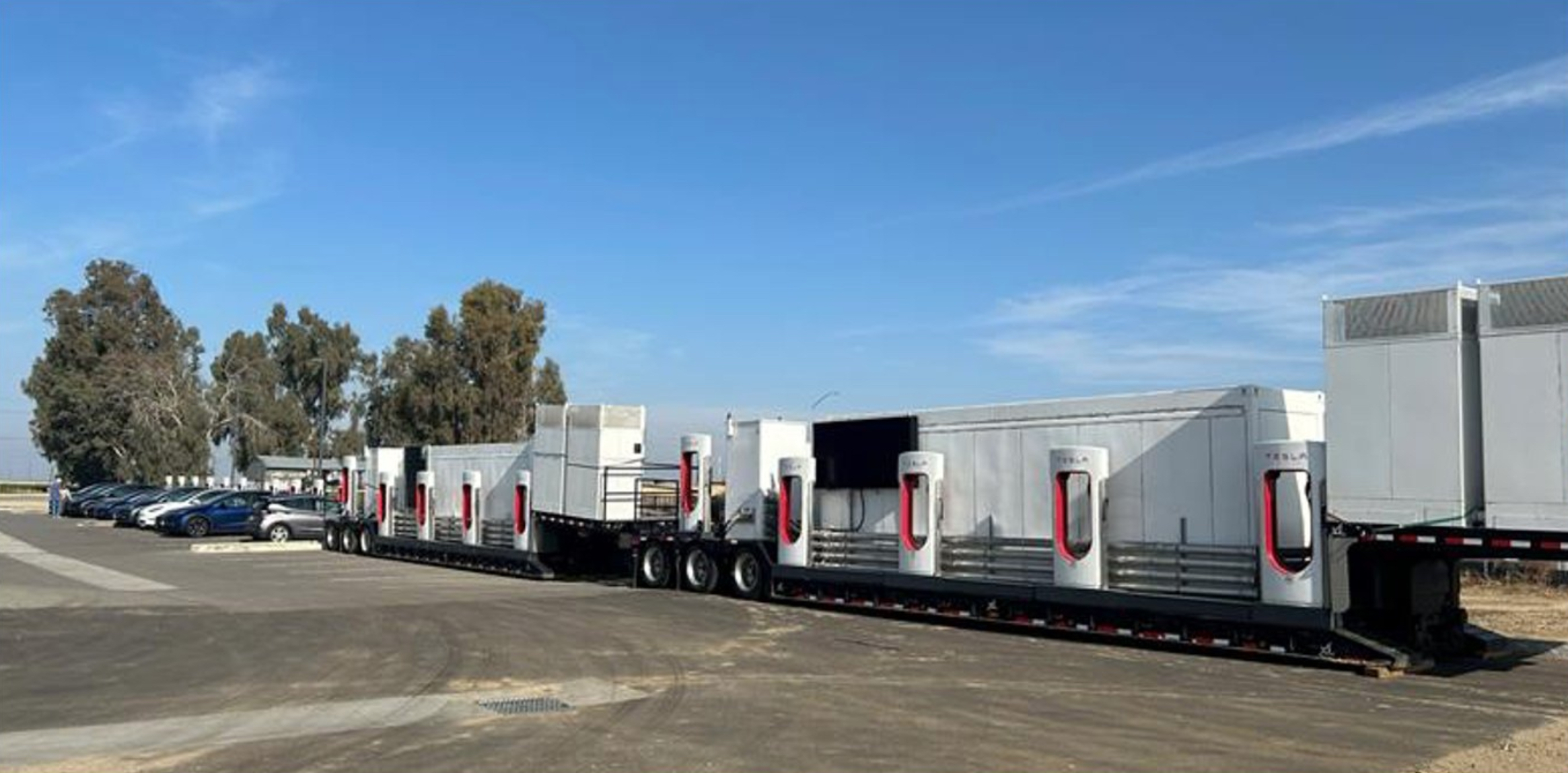
Credit: Tesla Charging | X
READ MORE ON SUPERCHARGERS: Tesla set to launch new V4 Cabinet enabling fastest Supercharging speeds yet
While the Bakersfield and Primm mobile charger locations appear to have been added to existing Superchargers, the El Centro and Cambridge sites seem to be standalone sites with eight and 10 stalls, respectively, according to Tesla’s website. The mobile units also seem to offer up to 150kW charging speeds, as detailed on the listings for the latter two chargers.
Tesla has deployed similar mobile Superchargers in the past, recently doing so in October in areas of Florida hit by Hurricane Milton. Other mobile chargers have been spotted as far back as 2019, though the latest units appear to also have benefitted from Tesla’s increasing deployment of pre-fabricated Supercharger units, which the company builds at its Gigafactory in Buffalo, New York.
You can see a diagram of the pre-fab Superchargers below, as shared in recent weeks by Tesla’s North America Director of Charging Max de Zegher. On the left, you can see all the materials needed to build a traditional Supercharging station with four stalls, including the stalls themselves, the charging cabinet, and all the structural items needed. On the right, you’ll see Tesla’s pre-fabricated units, which streamline the installation process and feature a built-in cabinet, stalls, and structure.

Credit: Max de Zegher | X
Tesla reached 60,000 Supercharger stalls worldwide in October, and the company is also readying its rollout of the V4 Supercharging cabinet in 2025, which will enable charging speeds of up to 500 kW for the Cybertruck and up to 1.2 MW for the electric Semi.
The company has also been aiming to make improvements to the existing Supercharger network, with goals to build more stations with pull-through, towing-friendly stalls, and to increase the length of charging cables to help accommodate wider access to the chargers for non-Tesla electric vehicles (EVs).
What are your thoughts? Let me know at zach@teslarati.com, find me on X at @zacharyvisconti, or send us tips at tips@teslarati.com.
Nissan Ariya to gain access to NACS-compatible Tesla Superchargers starting Dec 10
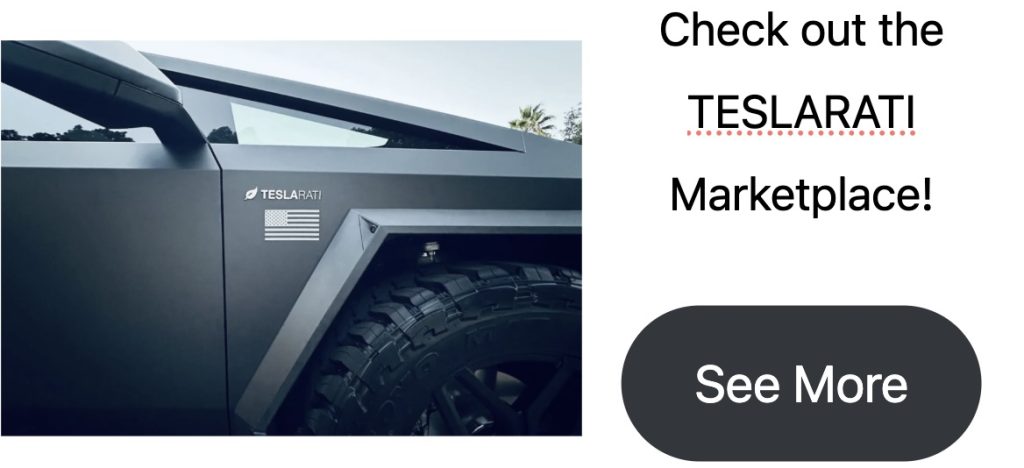
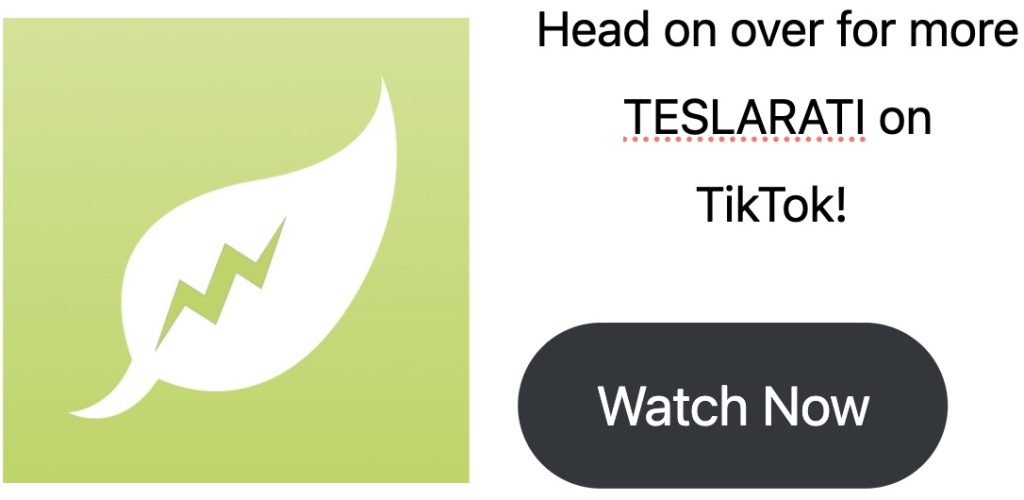
Elon Musk
Teslas will self-deliver to customers, Elon Musk says: here’s when
Teslas will soon drive themselves to customers, Elon Musk says
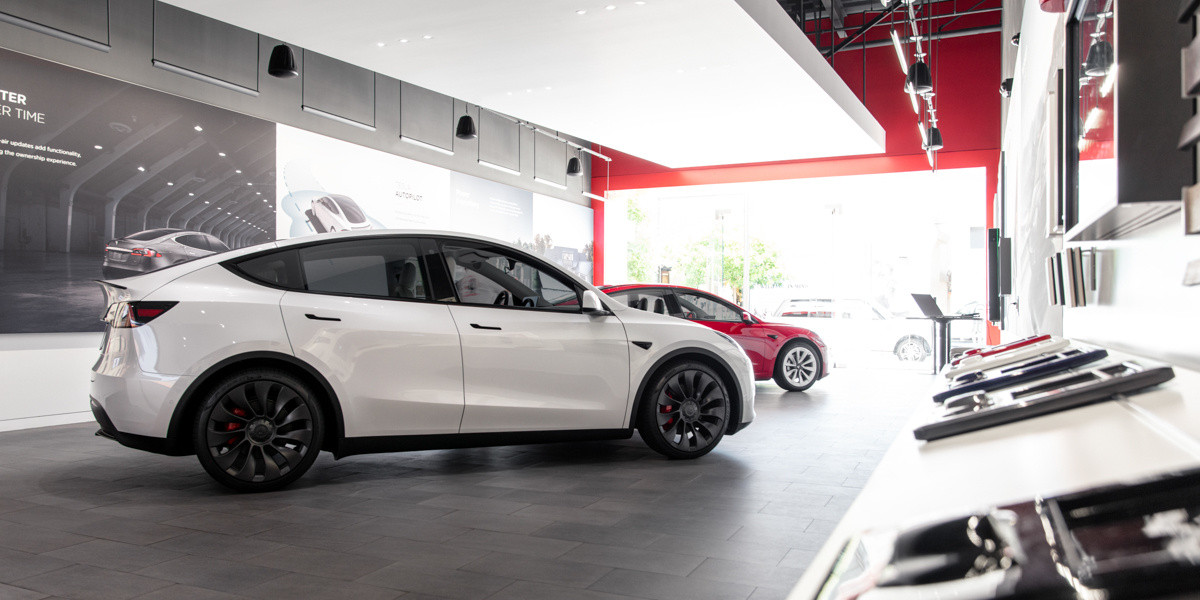
Tesla CEO Elon Musk has an extremely busy month for himself and his company in June if all goes according to plan.
Not only is Tesla planning to launch its Robotaxi platform in Austin, Texas, next month, but Musk is also now indicating that Teslas will self-deliver to customers in June as well.
Musk has said for some time that Tesla vehicles would soon be capable of driving to customers without a driver within the car. Initially, it seemed like the company would do this in the areas close to its U.S. factories – the Greater Austin, Texas, area, and potentially in Northern California’s Bay Area of San Francisco, where the company’s Fremont Factory operates.
Upon confirmation that Tesla has been testing driverless Robotaxi rides in Austin for the past several days, Musk brought forth a new detail that fans of the company will love to hear: Teslas will soon drive themselves to customers, eliminating the need for trips to the showroom for delivery.
How soon? Musk says next month:
For the past several days, Tesla has been testing self-driving Model Y cars (no one in driver’s seat) on Austin public streets with no incidents.
A month ahead of schedule.
Next month, first self-delivery from factory to customer.
— Elon Musk (@elonmusk) May 29, 2025
There is no doubt that the bigger news within Musk’s X post is that it is on track for the launch of the Robotaxi platform. Tesla has been touting its prowess in self-driving for several years. As other companies have executed, Tesla has taken a more unorthodox approach by utilizing only cameras and being much more reserved with its rollout of driverless software.
While Full Self-Driving is consistently ranked at the top of the current Advanced Driver Assistance Systems (ADAS), it is not fully autonomous. That is set to change, and not only will it yield the results of what will hopefully be a successful Robotaxi fleet, but also a vehicle delivery process that makes buying a vehicle more convenient than it already is from Tesla, with no hassle, no dealership jargon, and no negotiating.
The launch of the Robotaxi platform is set for Austin on June 12, according to Bloomberg, where roughly 10 Model Y SUVs will make their way around the city initially. Tesla will expand as safety is proven, which is the utmost priority.
Musk also said later on X that people should be able to fly to Austin and hail a Robotaxi by the end of June.
Elon Musk
Tesla lands on date for Robotaxi launch in Austin: report
Tesla has reportedly landed on a tentative date to launch the Robotaxi platform in Austin.
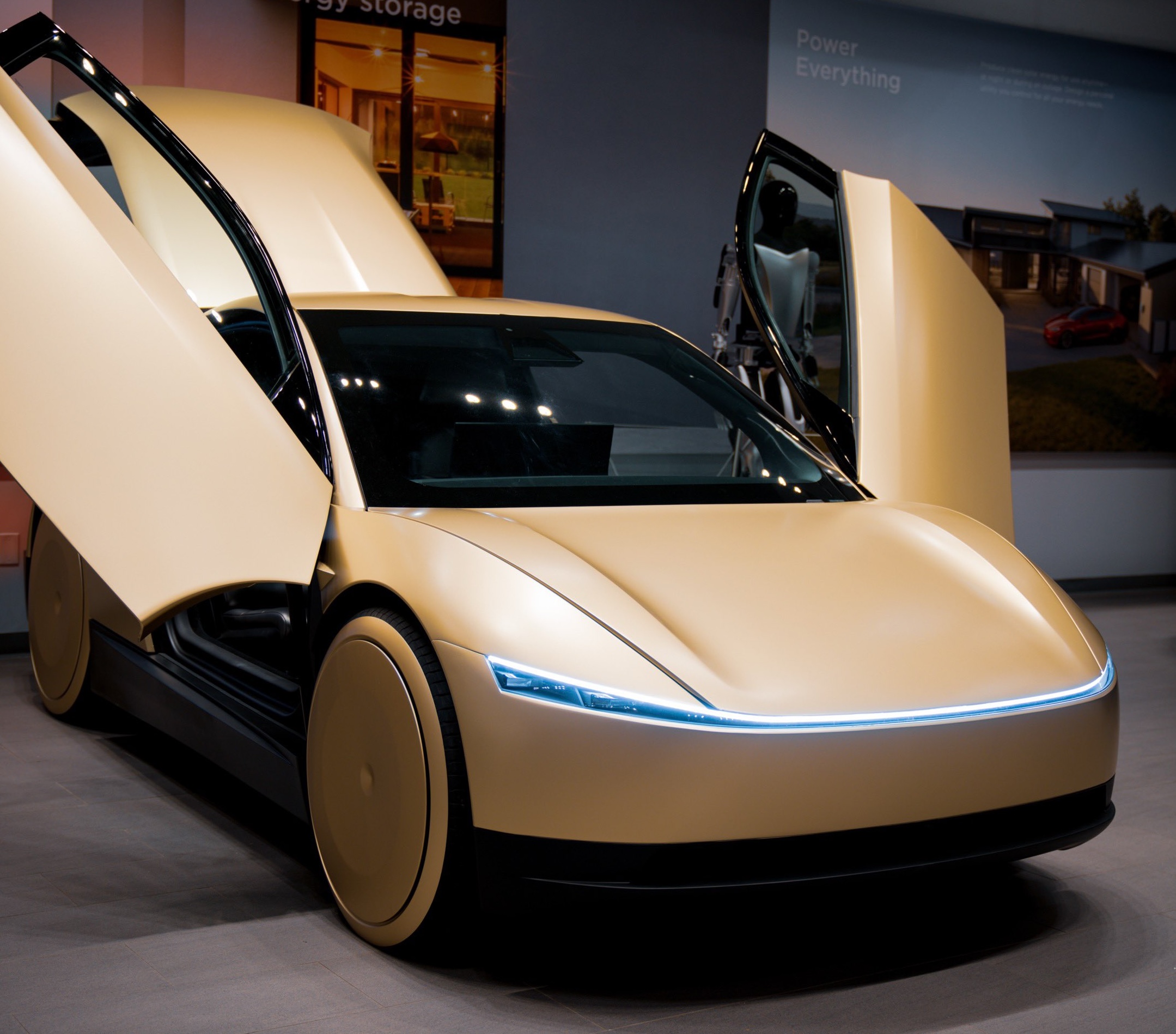
Tesla has reportedly landed on a set date for its launch of the Robotaxi platform in Austin, Texas.
Bloomberg is reporting that Tesla has discussed June 12 internally, and there is still the potential for it to change.
The date comes after Tesla tested the driverless ride-sharing platform on public roads in Austin, and has been for several weeks. The report said that Tesla started doing it this week, and CEO Elon Musk confirmed on X by saying:
“For the past several days, Tesla has been testing self-driving Model Y cars (no one in driver’s seat) on Austin public streets with no incidents.”
The report indicates a person was in the vehicle, but not in the driver’s seat. Instead, a Tesla engineer sat in the passenger seat of a Model Y, “which drove autonomously with no remote operation.”
Tesla set for ‘golden age of autonomous’ as Robotaxi nears, ‘dark chapter’ ends: Wedbush
The testing has successfully gone on a month ahead of the company’s deadline of June 30.
Currently, Tesla’s plans for the initial rollout of the suite are extremely limited. There will only be ten vehicles at first, and the riders will be invited by the company. This is an effort that puts safety at the forefront of this trial period, and will expand as time goes on.
It could be sooner than expected, as Musk also said that anyone would likely be able to visit Austin and take a ride in the Robotaxi by the end of June.
For the past several days, Tesla has been testing self-driving Model Y cars (no one in driver’s seat) on Austin public streets with no incidents.
A month ahead of schedule.
Next month, first self-delivery from factory to customer.
— Elon Musk (@elonmusk) May 29, 2025
The report and subsequent announcement come after many media outlets reported Tesla was not testing Robotaxi in any capacity. Some had even considered the project a total failure even before the June launch date, a typical tone most media take with the company.
Tesla Robotaxi deemed a total failure by media — even though it hasn’t been released
Tesla has not been great at meeting its own timelines, but it has been adamant that it would reach this June deadline for several months.
Now that it appears Tesla is at an all-systems-go mentality for the Robotaxi launch, it will be interesting to see how quickly it can expand from its initial testing.
Shares are up just over 1.3 percent as of 10:30 a.m. on the East Coast. They are up 24 percent over the past 30 days, and down just 4.5 percent for the year so far.
The Robotaxi fleet will help to bolster Tesla’s position as a leader in autonomy, something it has already essentially achieved through its successful operation of the Supervised Full Self-Driving suite.
Elon Musk
Tesla investors demand 40-hour workweek from Elon Musk
Pension fund leaders push the Tesla board to require 40 hrs/wk from Elon Musk. Should Tesla enforce this? Or simply trust Musk?
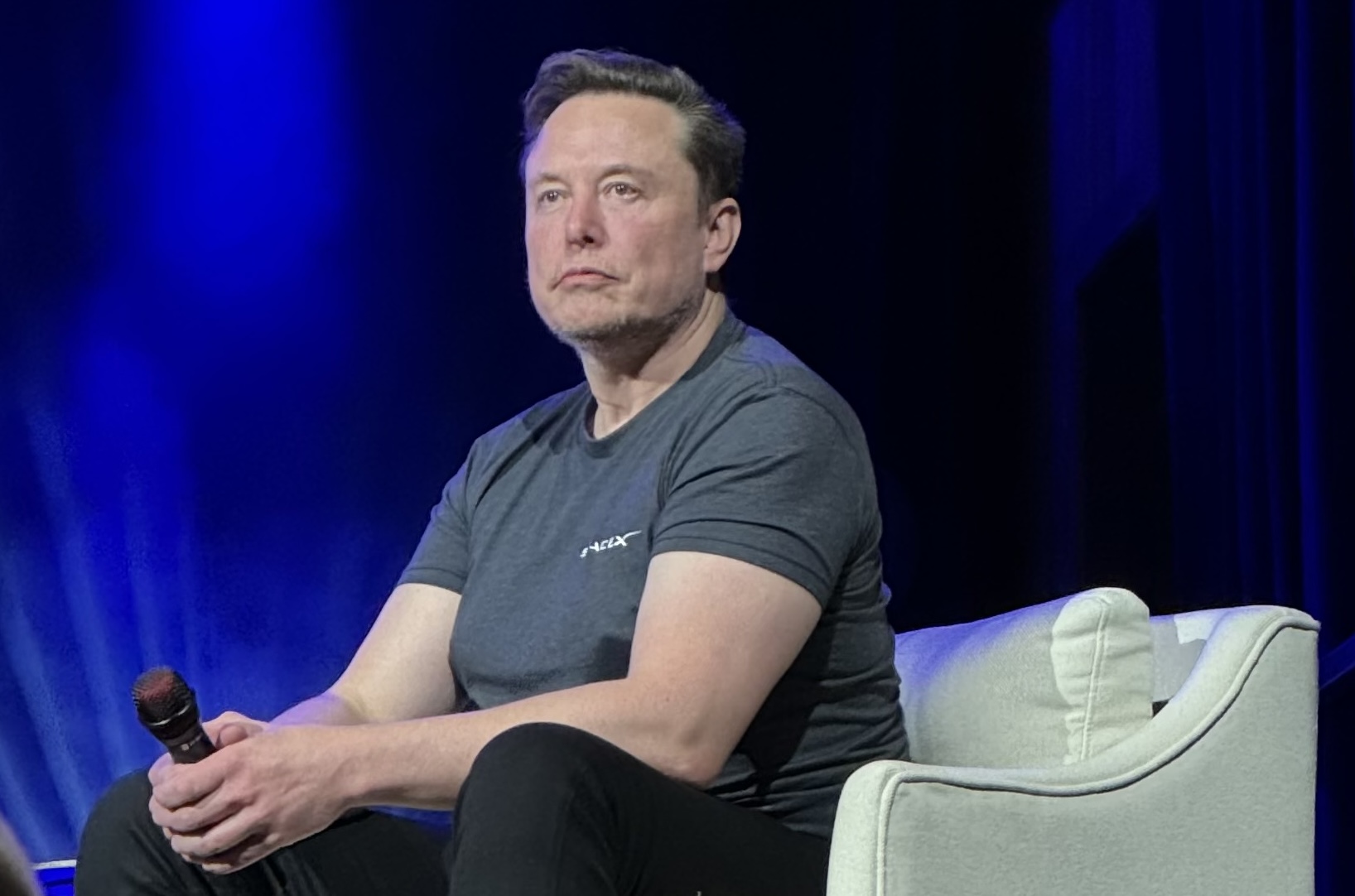
Pension fund leaders with Tesla investments are urging the company’s board to mandate Elon Musk dedicate at least 40 hours per week to the electric vehicle maker, citing a looming crisis.
The group holds a combined 7.9 million TSLA shares and expressed alarm over Tesla’s challenges in a Wednesday letter to board chair Robyn Denholm.
“Tesla’s stock price volatility, declining sales, as well as disconcerting reports regarding the company’s human rights practices, and a plummeting global reputation are cause for serious concern,” the investors wrote.
They attributed many issues to Musk’s external activities, including his role in the U.S. Department of Government Efficiency (DOGE). The pension fund leaders criticized the board for failing to ensure Musk’s “full-time attention” on Tesla. The group includes the SOC Investment Group, the American Federation of Teachers, New York City Comptroller Brad Lander, and Oregon State Treasurer Elizabeth Steiner.
The investors’ letter comes as the Tesla board plans for Elon Musk’s next compensation plan, following the Delaware Court of Chancery’s 2023 ruling to rescind his $56 billion 2018 package. Besides a 40-hour workweek requirement, they also called for a clear succession plan and limits on directors’ external board commitments to strengthen governance. The letter highlighted concerns about board independence. Tesla recently added former Chipotle CFO Jack Hartung, who previously worked with Musk’s brother, Kimbal Musk, as a Tesla board member.
The group’s letter reveals where the position of some investors as Elon Musk forges ahead with Tesla’s future plans. Musk’s broader ambitions for Tesla were evident during the Q4 and FY 2023 earnings call, where he envisioned the company as an AI and robotics powerhouse with “truly immense capability and power.” He emphasized his desire for 25% voting control to maintain influence without complete control.
“You know, we’ve had a lot of challenges with Institutional Shareholder Services, ISS — I call them ISIS — and Glass Lewis, you know, which there’s a lot of activists that basically infiltrate those organizations and have strange ideas about what should be done,” Musk said.
As Musk plans to focus more on Tesla, alongside xAI and SpaceX, the investors’ demands underscore tensions between his expansive vision and shareholder expectations. With Tesla navigating stock volatility and reputational challenges, the board faces pressure to align Musk’s leadership with the company’s long-term stability.
-
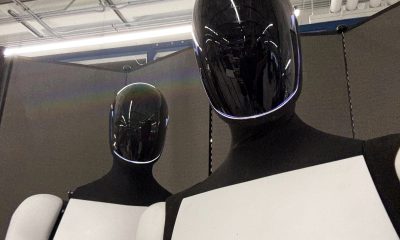
 News1 week ago
News1 week agoTesla posts Optimus’ most impressive video demonstration yet
-
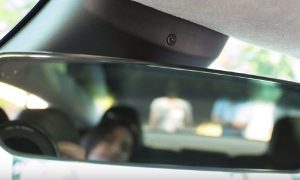
 Elon Musk2 weeks ago
Elon Musk2 weeks agoTesla seems to have fixed one of Full Self-Driving’s most annoying features
-
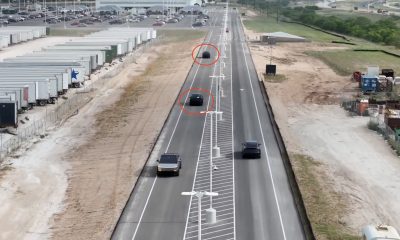
 News2 weeks ago
News2 weeks agoMysterious covered Tesla vehicles spotted testing in Giga Texas
-
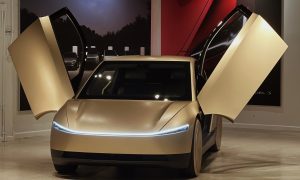
 Tesla2 weeks ago
Tesla2 weeks agoTesla resumes shipping Cybercab, Semi parts from China after U.S. tariff truce
-
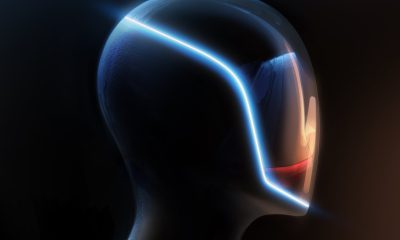
 Elon Musk2 weeks ago
Elon Musk2 weeks agoTesla’s Elon Musk clarifies shocking Optimus fact
-
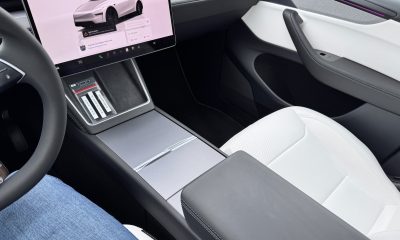
 News2 weeks ago
News2 weeks agoTesla details latest safety addition with new Model Y
-
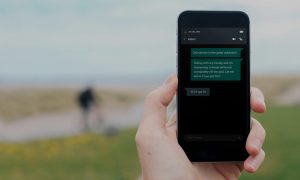
 News2 weeks ago
News2 weeks agoSpaceX touts Starlink as GPS alternative in FCC PNT push
-
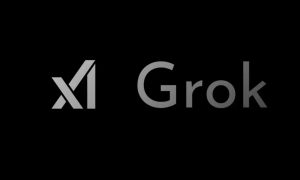
 News2 weeks ago
News2 weeks agoxAI tackles Grok’s unsolicited responses after unauthorized change

